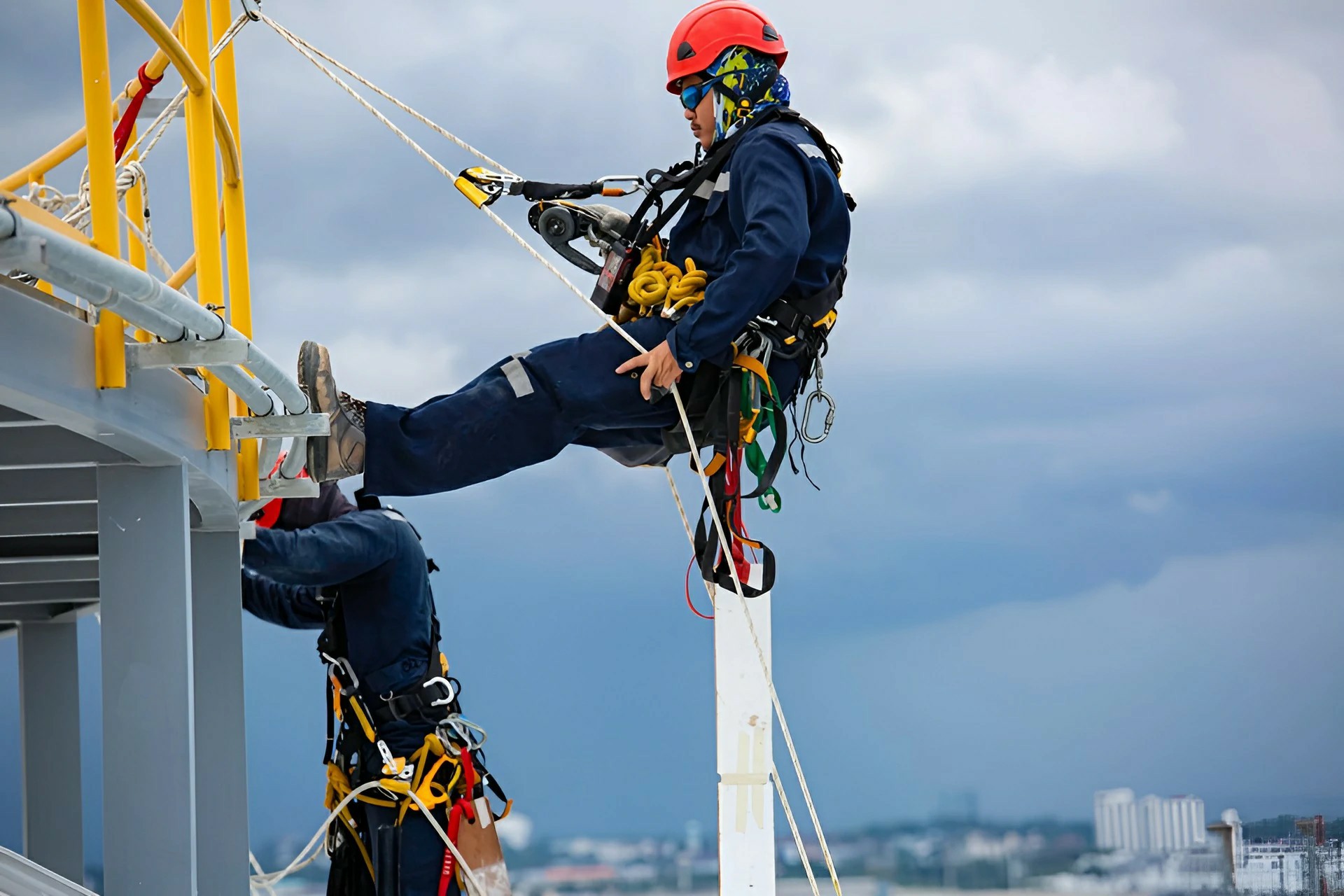


 349,500 Offered Certificates
349,500 Offered Certificates
 24/7 Online Training
24/7 Online Training
 Money Back Guarantee
Money Back Guarantee
 Fully Accredited Courses
Fully Accredited Courses

Created at: 22-02-2025 15:23
Working at heights poses significant risks in various industries, and despite safety measures, mishaps continue to occur due to human error. Understanding the most common mistakes workers make while operating at heights is vital for improving safety protocols and reducing the likelihood of accidents. In this blog post, we will explore those mistakes and how proper Working at Heights training can help mitigate them.
Working at heights, whether on roofs, ladders, scaffolding, or aerial lifts, requires not only the proper equipment but also a thorough understanding of safety practices. Both employers and employees share the responsibility of ensuring that safety regulations are followed. Training is a fundamental aspect of this responsibility, as it equips workers with the knowledge and skills needed to avoid potential hazards.
Here are some of the most frequent mistakes that contribute to accidents when working at heights:
Mishaps caused by neglecting safety protocols can have dire consequences, including serious injuries or fatalities. Apart from the physical impact on employees, workplaces can suffer financial losses due to medical expenses, legal fees, and increased insurance costs. Additionally, a company's reputation can be tarnished following an accident, influencing trust among clients and employees alike.
Working at Heights training programs offer structured education about the risks associated with working at heights and how to manage them effectively. Here’s how training addresses common errors:
Companies that provide Working at Heights Safety courses report a significant decrease in accidents and injuries. For instance, a construction firm that implemented regular training observed a 50% reduction in fall-related incidents after integrating a structured training program. This not only improved the safety culture within the organization but also boosted employee morale and productivity.
Preventing accidents while working at heights requires diligence and proper training. Employers and employees alike must recognize the importance of adhering to safety protocols and utilizing the correct equipment. Working at Heights certification ensures that workers have the skills and knowledge needed to minimize risks effectively. By enrolling in a Working at Heights course online or attending in-person training, you can make a significant difference in promoting workplace safety.
For more information on training opportunities in Ireland, including Working at Heights Certification Dublin, or to enroll in a Working at Heights Course, please visit this link. If you have inquiries, feel free to contact us at [email protected].